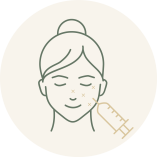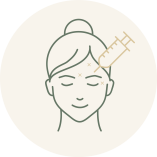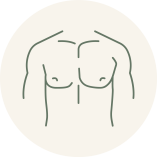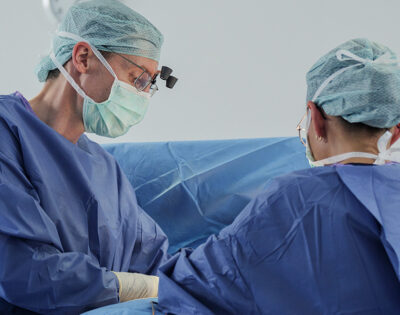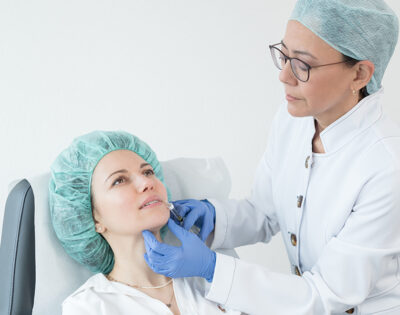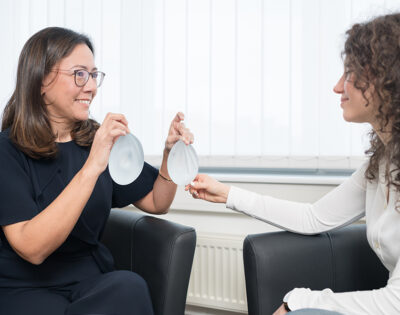Treatments for a more beautiful complexion and hair
Aesthetic plastic surgery offers many treatment methods to improve the appearance of the skin. We can also help you with hair loss. Choose from the following topics and make an appointment for a personal consultation.


Personal advice
We take time for you and offer you customized advice and treatment for your individual result.













